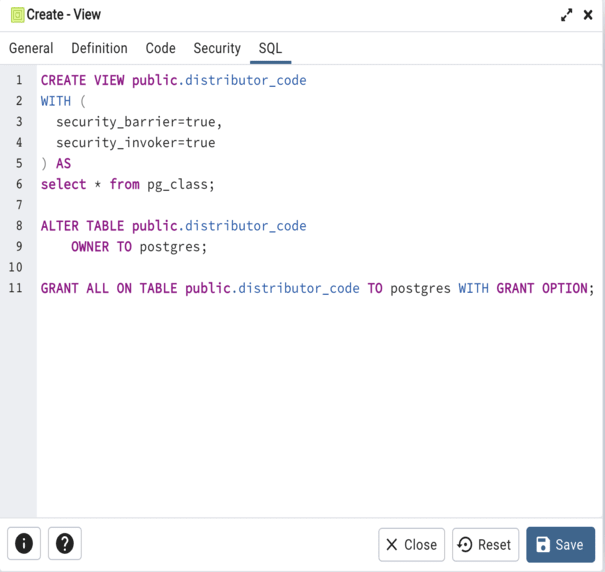
Click on > your database > click on import button from the file menu > click on browse button & select the file that has the data. Click on Servers > your PostgreSQL server name 3. First, log in to the PostgreSQL database server using pgAdmin. The pgAdmin tool provides you with an intuitive interface for creating a new database. 3) Creating a new database using pgAdmin. So for production purposes, keeping your application data separate in schemas improves management and for user purposes, keeping your users in separate schemas keeps them from treading on each other. Answer (1 of 5): Here is the step by step process to import PostgreSQL database with pgAdmin: 1. In this example, we created the hr database with the encoding UTF8, the owner is hr and the number of concurrent connections to the database is 100. A dialog similar to the Primary key dialog (accessed by right clicking on Constraints in the pgAdmin tree control) opens. To define the primary key, click the Edit icon to the left of the Trash icon. Users can be restricted in their work to single schemas to allow isolation of analytical and test tables from production tables. To add a primary key for the table, select the Primary Key tab, and click the Add icon (+).
#Pgadmin 4 create table software#
It’s easier to manage application differences when the application data is in a schema: so a new version of software can work off a table structure in a new schema, and cut-over involves a simple change to the schema name. It’s easier to restore data that’s in a separate schema: so application-oriented schemas can be separately restored and backed up for time travel and recovery.

1) Firstly you need to make sure there is a primary key for your table.


The Table dialog organizes the development of a table through the following dialog tabs: General, Columns. It seems in PostgreSQL, to add a auto increment to a column, we first need to create a auto increment sequence and add it to the required column. Use the Table dialog to create or modify a table.
#Pgadmin 4 create table how to#
It’s easier to back-up data that’s in a separate schema: so volatile data can have a different back-up schedule from non-volatile data. The following code shows how to create a table with 4 columns a 2 rows from scratch: create matrix with 4 columns tab <- matrix(rep (2. If you want to do this in PGAdmin, it is much easier than using the command line. There are two very good reasons for using schemas:ĭata that is managed in a schema is easier to apply bulk actions to.


 0 kommentar(er)
0 kommentar(er)
